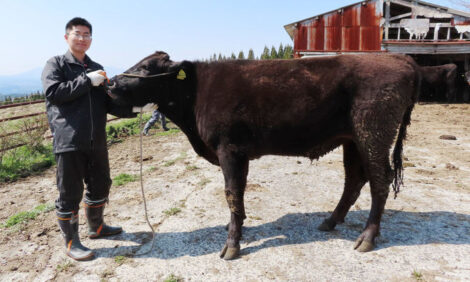



Intensive farming and trade drove spread of livestock infection
The growth of international trade routes between continents aided the expansion of a common livestock disease, research shows.Evolutionary study of bacteria that cause a common infection of cattle reveals their origin and spread via ocean trade links, shedding light on modern-day disease.
A detailed study into the history of the important human and livestock bacteria Staphylococcus aureus has shown that they emerged and spread among cattle around the world in the late 19th century and the first half of the 20th century.
The findings of the study highlight the role of domestication and industrialisation of agriculture in establishment of the bacteria, which cause mastitis in dairy cows, across the globe. Outcomes from the large-scale research study detailing the origins of the bacteria behind the disease could help to limit the emergence of harmful strains, and inform better ways of controlling infection.
Detailed analysis
An international team of researchers, led by the Roslin Institute, examined the DNA of thousands of samples of S. aureus including 1800 recovered from infections in cows, alongside thousands more from humans and other animals. In doing so, they sought to analyse how the bacterial DNA had changed over time, in order to trace their history and understand their ability to infect different species.
The largest study of its type to date has enabled scientists to understand how S. aureus evolved, originating in humans before switching to animal species on several occasions over the past several thousand years. In some cases, switches back from animals to humans have occurred, representing a threat to public health.
The research identified migration of the bacteria via cattle trade routes between North America and Europe, North America and sub-Saharan Africa, and between Australia and Asia.
The results can help scientists to understand which strains of the bacteria are currently emerging or on the rise, so that efforts can be made to monitor these in the environment and mitigate their capacity to cause disease.
The study was published in Proceedings of the National Academy of Sciences, and funded by Wellcome, BBSRC and MRC.
This study enables a high-resolution perspective of globally distributed bacteria that cause livestock infections, on a scale not possible before. It shows the spread of the bacteria has been largely consistent with the story of trade and agricultural industrialisation. The outcomes underscore the benefit of regular sampling to monitor the emergence and dissemination of new strains causing disease in livestock and in humans.
Professor Ross FitzgeraldRoslin Institute and Edinburgh Infectious Diseases


